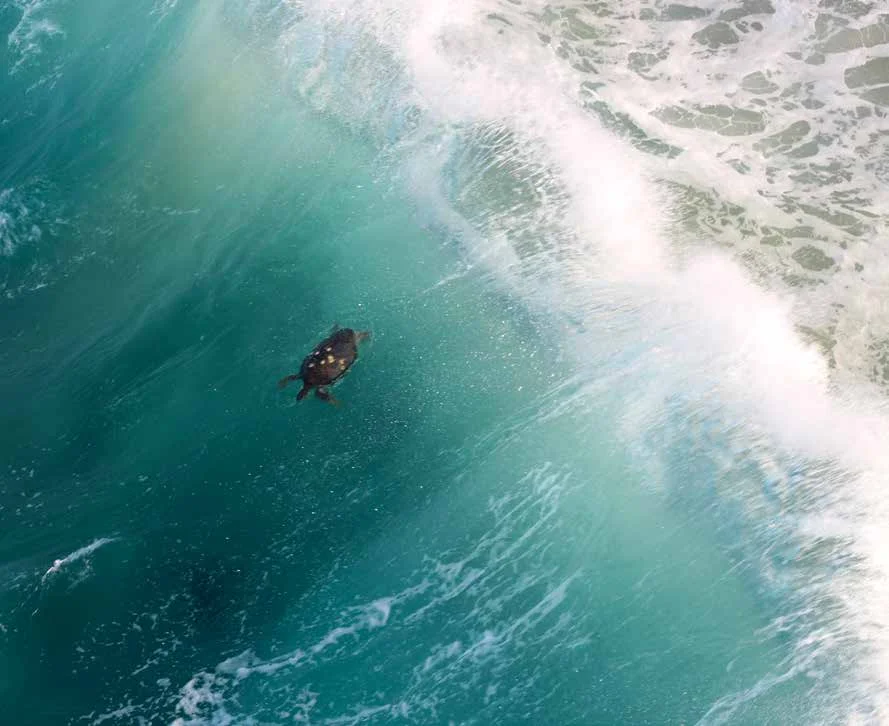The Kemp’s ridley is a signature species for the Gulf of Mexico, and it has become an icon for conservation. Its story includes a long-term international conservation effort, undertaken by Mexico and the United States, which brought the species back from the brink of extinction. A recently completed IUCN Red List assessment not only evaluated the Kemp’s ridley’s current conservation status but also provided a rare glimpse into the history of a critically endangered species prior to its decline.
Read MoreSWOT’s vision is a permanent global network of specialists working to accelerate the conservation of sea turtles and their habitats—pooling and synthesizing data and regularly sharing the information with audiences who can make a difference. This only works because SWOT Team members choose to share their data. In this article, the SWOT Editorial Board addresses some of the common objections to sharing data, as well as the benefits of doing so.
Read MoreIt is seven o’clock in the morning, and we are on an old wooden pier in a mangrove swamp on the south coast of Bahia, Brazil. After a night spent on a bus, our group boards two traditional fishing boats heading to Coroa Vermelha Island, a coral reef 13 kilometers offshore. Students of veterinary medicine and biology, journalists, an economist, an architect, a sales representative, and a retiree. Our shared goal is to capture juvenile green turtles, looking for signs of an all-too-common disease.
Read MoreLocated halfway between the resort cities of Acapulco and Puerto Vallarta, the coastline of Michoacán is comparatively quiet and secluded. Broad, sandy beaches here provide ideal nesting habitat for the black sea turtle. The rugged, vast expanse of Mexico’s Pacific coastline is the setting for one of the most inspirational sea turtle conservation success stories of all time.
Read MoreWhen TAMAR started monitoring Itapuã beach in 1990, staff had to relocate nearly all nests to ensure that hatchlings would survive. Thanks to years of working with local stakeholders, coordinated social media campaigns, and public outreach. In the ensuing years, enhanced local participation in the protection efforts made it possible to increase in situ protection of nests from only 3 nests to 140 over the course of nearly 3 decades.
Read MoreTEDs are a simple but elegant solution for minimizing sea turtle bycatch in trawl fisheries. As such, they are now mandated by many governments around the world and their use is enforced. However, Europe, which is the largest market for fisheries products in the world, has no such regulation and provides an alternative market for countries that do not use TEDs.
Read MoreThe East Pacific population of the leatherback is one of the world’s most threatened marine turtle regional management units, due in large part to bycatch of leatherbacks in foraging grounds. There may now be fewer than 1,000 adult females in this population owing to a combination of fisheries bycatch, egg harvesting, and other threats. As such, an expert working group was assembled to develop a 10-year regional action plan to halt and reverse the decline of the East Pacific leatherback turtle.
Read MoreThe Wayuu, of northern South America, consider themselves to be the protectors and custodians of an ancient culture based on maintaining a harmonious alliance with nature. Like many other indigenous groups around the world, the Wayuu revere turtles to this day for their spiritual and cultural values and as a source of food, medicine, and other products that are crucial to their daily lives.
Read MoreGeopolitics of the past have left France with many territories that are spread across the globe, and the coincidental overlap of so many sea turtle regional management units is a fortunate consequence that allows France to play a disproportionately important role in sea turtle conservation. In this article, members of the French Marine Turtle Group offer an overview of the distribution and movement of turtles in French waters, as well as the threats facing turtles in French territories around the world.
Read MoreMost knowledge about sea turtles and their biology has been obtained from studies of adult females on nesting beaches. Studying male sea turtles across the globe is vital to better understanding important aspects of their biology and ecology.
Read More









